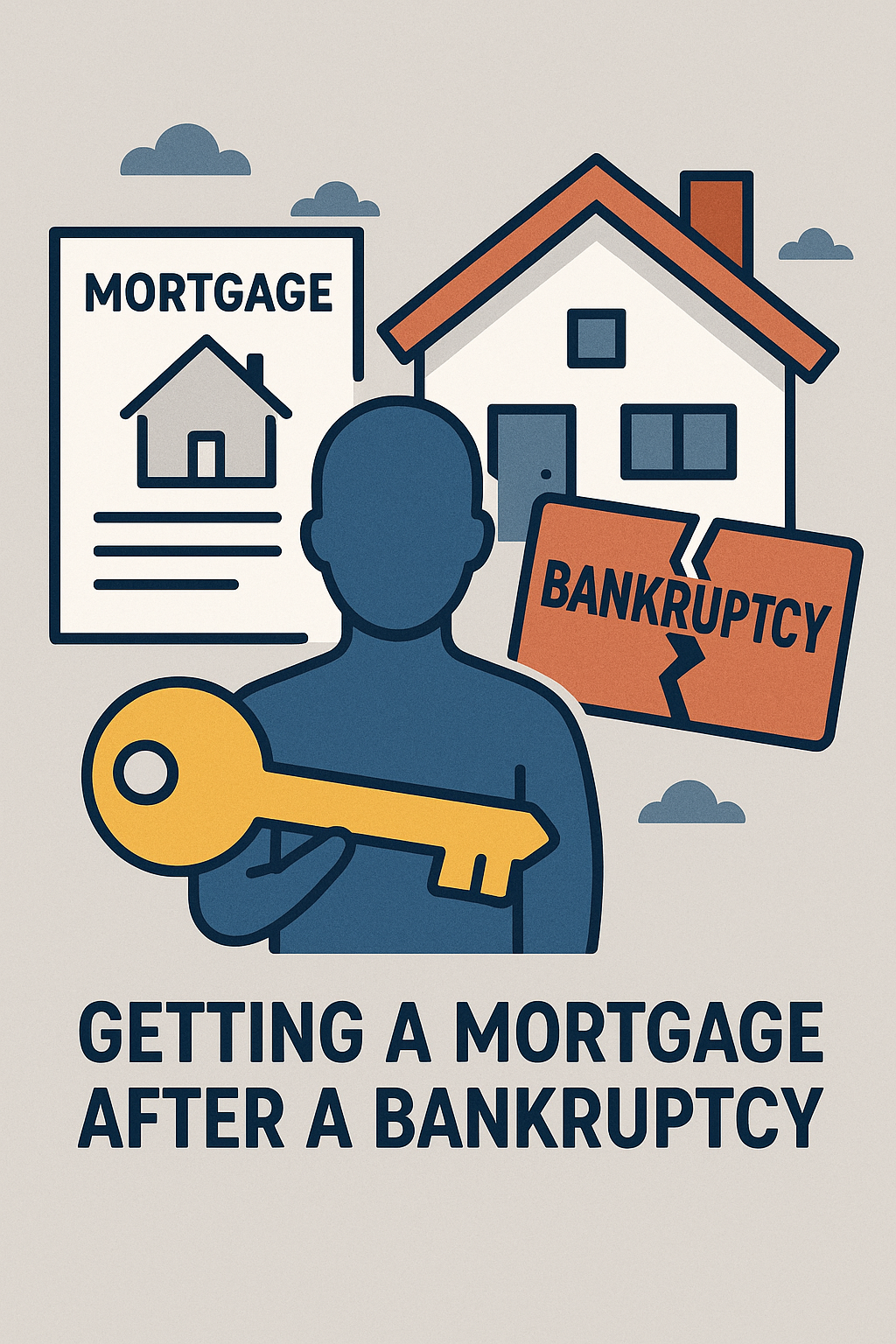Table of Contents
ToggleBreaking a Fixed Mortgage in 2025: When Paying the Penalty in Ontario Actually Saves You Money
In 2025, it can be smart to break a fixed-rate mortgage in Ontario if the total savings from a lower rate over your remaining term exceed the penalty + closing costs, and if you structure the switch strategically. Here’s a simple, Ontario-focused framework to help you decide.
Why homeowners are considering a break now
-
Rates have eased from peak levels, and many 2020–2022 borrowers are still locked into higher fixed terms.
-
Housing goals change: move, divorce buyout, major renovation, debt consolidation, or converting to a rental.
-
Product features matter: switching can secure better prepayment privileges, portability, or a friendlier penalty formula next time.
The key is to run the numbers with precision—not vibes.
Penalty basics in Ontario (fixed vs. variable)
Fixed-rate mortgages usually charge the greater of:
-
Three months’ interest, or
Variable-rate mortgages typically charge three months’ interest only.
Three months’ interest — quick math
Penalty ≈ Balance × Rate × (3 ÷ 12)
Example: $400,000 balance at 5.29%
Monthly interest factor = 0.0529 ÷ 12 = 0.0044083
Three months ≈ 0.013225
Penalty ≈ $400,000 × 0.013225 = $5,290
IRD — what to know
IRD estimates the interest the lender expected to earn versus what they can earn by re-lending at today’s rate for your remaining term. Lenders do not all calculate IRD the same way (some use posted rates; some use discounted rates). That’s why one bank’s IRD can be much larger than another’s.
Rule of thumb:
-
If market rates have fallen since you signed, IRD often applies (and can be bigger than 3 months’ interest).
-
If market rates rose or stayed similar, three months’ interest is more likely to apply.
Pro tip: Ask your lender for a written penalty quote, including the exact method used. Keep it on file.
The break-even test (simple & practical)
You’re comparing today’s penalty and switching costs against future savings from a lower rate.
Step 1 — Get real numbers
-
Remaining balance and time left on your fixed term.
-
Current rate and offered new rate (from your lender or a broker).
-
Penalty (itemized: IRD or three months’ interest).
-
Costs: discharge/registration, appraisal (if needed), legal. Budget $800–$1,500 as a sensible range.
Step 2 — Estimate interest savings
A quick (conservative) approach is to multiply the rate drop by your balance, then adjust for the time left.
Approx Savings ≈ Balance × (Current Rate − New Rate) × Years Remaining
(This overstates precision slightly because amortization reduces your balance over time, but it’s a solid first pass. A broker can run the exact amortization model.)
Example A: likely worth it
-
Balance: $400,000
-
Time left: 2.5 years
-
Current fixed: 5.29%
-
New rate: 3.99%
-
Rate drop: 1.30% (0.013)
-
Approx savings: $400,000 × 0.013 × 2.5 = $13,000
-
Penalty (3 months’ interest): $5,290
-
Costs (legal, discharge, etc.): $1,000
-
Net benefit ≈ $13,000 − $6,290 = $6,710 → Breaking makes sense.
Example B: probably not worth it (IRD bites)
-
Same balance and term, but IRD penalty = $12,000
-
Costs: $1,000
-
Net benefit ≈ $13,000 − $13,000 = $0 → Borderline; likely not worth the hassle.
Five ways to reduce (or offset) the penalty
-
Use your prepayment privilege first
If your lender allows a 10%–20% lump-sum annually, make that payment before requesting a payout.
Example: 15% of $400,000 = $60,000. New balance = $340,000.
Three-month interest penalty drops proportionally (≈ $5,290 × 0.85 = $4,497), and all savings math improves. -
Time it near your maturity
Penalties generally shrink as your remaining term shrinks. Sometimes waiting three months can flip the decision from “no” to “yes.” -
Port or blend-and-extend
-
Port: Move your mortgage and rate to a new property (often avoids a penalty).
-
Blend-and-extend: Combine your current rate with a market rate to form a new effective rate (penalty may be reduced or waived).
Always compare the blended rate vs. break + new rate math—don’t assume the blend is the best deal.
-
Switch during a special offer window
Some lenders run penalty-reduction or cashback promos. Cashback can offset costs—just watch clawbacks and penalties if you break early again. -
Consolidate strategically
If you plan to refinance to consolidate high-interest debt, the cash-flow and interest savings on the non-mortgage debt can more than offset your penalty—provided you commit to no re-accumulation.
When breaking a fixed mortgage makes sense
-
Large rate drop with 18–36 months left: The longer the remaining term, the more time for savings to compound.
-
High-cost debt consolidation: Replacing 19.99% revolving balances with a controlled, amortized payment can transform monthly cash flow.
-
Life changes: You’re moving, buying out a spouse, funding renovations, or converting to a rental and want a more flexible product.
-
Your current lender’s features are weak: Poor prepayment terms, punitive IRD math, or lack of portability.
When to hold
-
IRD is very high and erases most of the rate-drop advantage.
-
You expect to sell soon and can wait for maturity.
-
You’d extend amortization substantially just to make payments work—this can add total interest over time unless you plan to prepay.
Ontario-specific wrinkles to keep in mind
-
Big-6 banks’ IRD formulas differ from many credit unions and monolines; the posted vs. discounted rate reference can swing the result.
-
Prepayment windows (e.g., 10%–20% lump sum, 10%–20% payment increase) vary by lender—read your standard charge terms.
-
Legal/discharge fees are modest but real—include them in your net math.
A cleaner, more precise calculation (what your broker will do)
-
Exact amortization model: Compare remaining interest on your current mortgage (to maturity) vs. the interest on the proposed new mortgage over the same period.
-
Add penalty and hard costs to the “new” side of the ledger.
-
Adjust for prepayment privileges you’ll actually use.
-
Stress test: What if rates drop another 0.50% (regret risk) or rise 0.50% (protection value)?
You’ll get a clear dollar figure for “break now” vs. “stay put.”
FAQs
Is breaking a fixed mortgage in Ontario always expensive?
Not always. If three months’ interest applies, penalties can be manageable—especially with a large rate drop or debt consolidation.
What’s the biggest mistake people make?
Ignoring prepayment privileges before requesting a payout, or comparing only the headline rates without modeling penalties and costs.
How do I avoid IRD?
You can’t “avoid” it if it applies, but you can reduce its impact by prepaying first, exploring port/blend options, or timing closer to maturity.
Can I add the penalty to my new mortgage?
Sometimes, yes—subject to qualification and loan-to-value limits. Ensure the total interest math still works in your favour.
Action checklist (Ontario, 2025)
-
Get a written penalty quote and confirm the calculation method.
-
Max out lump-sum prepayment before you break.
-
Compare three scenarios side-by-side:
-
Stay to maturity
-
Break + new fixed/variable
-
Blend/port (if available)
-
-
Include all costs and a cash-flow view (monthly payment change).
-
If consolidating, set automatic overpayments so the relief doesn’t get re-spent.
Always consult with a mortgage broker before deciding to break your fixed mortgage. Taking some time to plan can save you thousands over the lifetime of the mortgage.
- Most Lenient Mortgage Lenders in Canada: A, B, and Private Explained - December 16, 2025
- Facts About Getting a Reverse Mortgage Before Your Home Is Paid Off - December 14, 2025
- 7 Smart Truths About Refinancing a Mortgage at Any Time (And Avoiding Costly Penalties) - December 12, 2025






